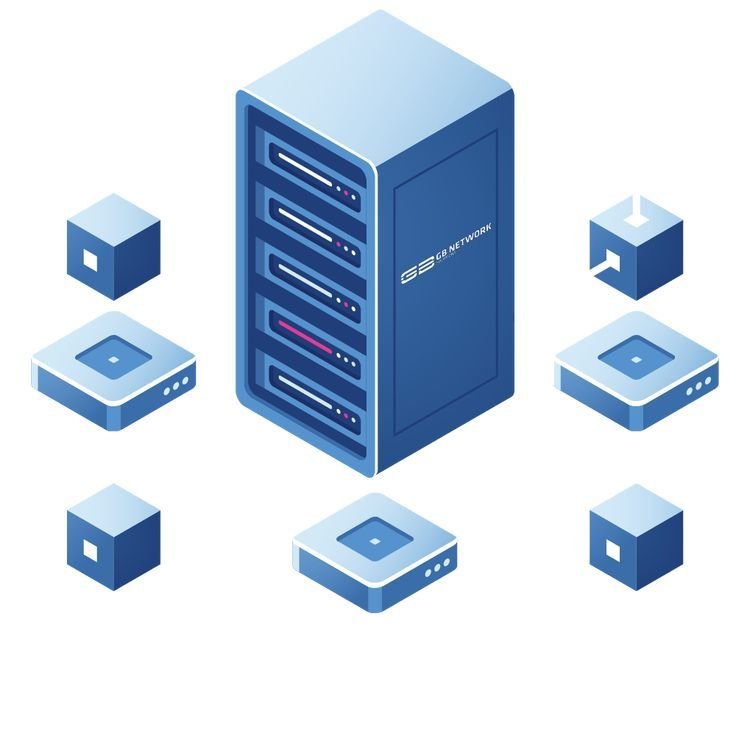In today’s fast-paced digital environment, businesses rely heavily on servers to run applications, store data, and support daily operations. However, manual server monitoring and maintenance can be time-consuming, error-prone, and costly. This is where ERPNext comes in, offering an automated solution to streamline server management, enhance performance, and minimize downtime.
This blog explores how ERPNext automates server monitoring and maintenance, ensuring optimal performance and security for businesses.
1. Why Automate Server Monitoring & Maintenance?
Traditional server management involves manual checks, log analysis, and reactive troubleshooting, which can lead to downtime, performance bottlenecks, and security vulnerabilities. By automating these tasks with ERPNext, businesses can:
✔ Detect and resolve issues proactively
✔ Reduce server downtime & prevent failures
✔ Monitor real-time server performance
✔ Ensure security compliance & data protection
✔ Optimize IT resource allocation
2. Key Features of ERPNext for Server Monitoring & Maintenance
ERPNext provides a centralized IT management system that includes server monitoring, maintenance tracking, and automated alerts.
a) Real-Time Server Monitoring
ERPNext enables businesses to track server health, CPU usage, memory consumption, network bandwidth, and storage capacity. The system provides:
✔ Live dashboards displaying server performance metrics
✔ Automated alerts for high CPU usage, disk space issues, and network failures
✔ Scheduled reports for IT teams to analyze trends and optimize resources
b) Automated Maintenance Scheduling
Instead of relying on manual maintenance logs, ERPNext automates:
✔ Routine server health checks
✔ Software updates & security patch management
✔ Backup scheduling & disaster recovery planning
✔ Hardware performance assessments
This ensures that preventative maintenance is conducted on time without disrupting business operations.
c) Server Log Management & Analysis
ERPNext helps businesses collect, analyze, and store server logs for:
✔ Performance tracking over time
✔ Identifying security threats & anomalies
✔ Troubleshooting issues efficiently
By using AI-powered log analysis, IT teams can detect potential failures before they happen.
d) Role-Based Access & Security Compliance
Managing server security is crucial for protecting business-critical data. ERPNext offers:
✔ Role-based access control (RBAC) to prevent unauthorized access
✔ Automated compliance tracking for industry standards (ISO, GDPR, etc.)
✔ Audit trails to track IT activities and detect potential security breaches
e) Cloud & Email Server Integration
ERPNext allows businesses to manage cloud-based servers, VPS, and email servers seamlessly. It supports:
✔ Email server automation (SMTP, IMAP, POP3)
✔ Cloud hosting management (AWS, Google Cloud, Azure)
✔ Automated data backups & recovery planning
3. Benefits of Automating Server Monitoring with ERPNext
✔ Minimized downtime with real-time issue detection
✔ Cost savings by reducing manual IT labor & infrastructure failures
✔ Improved security compliance with automated tracking
✔ Optimized server performance with proactive maintenance
✔ Scalability to manage multiple servers across different locations
4. How to Implement ERPNext for Server Monitoring & Maintenance
Step 1: Set Up ERPNext for IT Asset & Server Management
✔ Install ERPNext’s IT Management Module
✔ Configure server asset tracking & monitoring dashboards
Step 2: Enable Real-Time Monitoring & Alerts
✔ Set up automated alerts for server health issues
✔ Define threshold limits for CPU, memory, and network bandwidth
Step 3: Automate Maintenance Scheduling
✔ Create routine maintenance tasks & assign them to IT teams
✔ Automate server software updates & backups
Step 4: Integrate with Cloud & Email Servers
✔ Link ERPNext with AWS, Google Cloud, or Azure
✔ Configure email servers for secure business communication
Step 5: Implement Security & Compliance Measures
✔ Set up role-based access control (RBAC) for IT teams
✔ Activate audit logs & compliance tracking
5. Future of Server Management with ERPNext
With automation and AI-driven monitoring, ERPNext continues to evolve as a powerful tool for IT infrastructure management. Businesses adopting ERPNext for server monitoring will experience higher efficiency, lower costs, and improved security—making it an essential part of modern IT operations.




